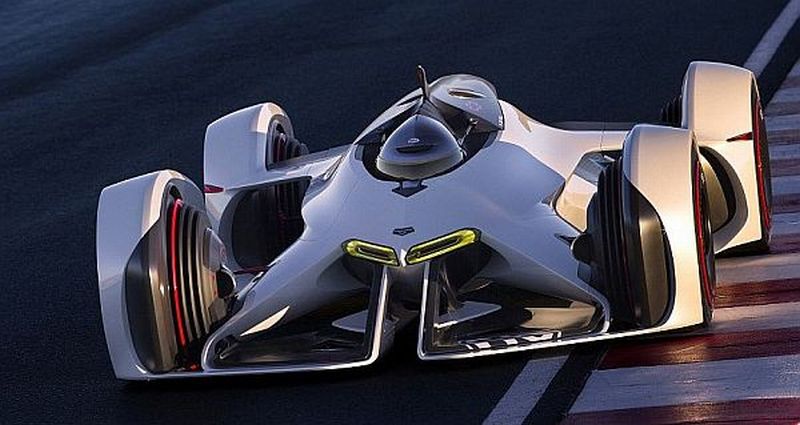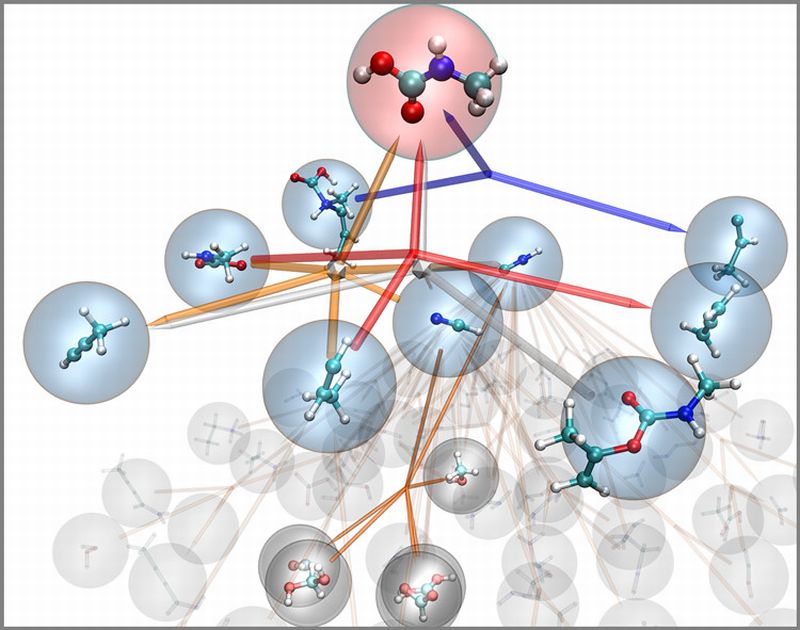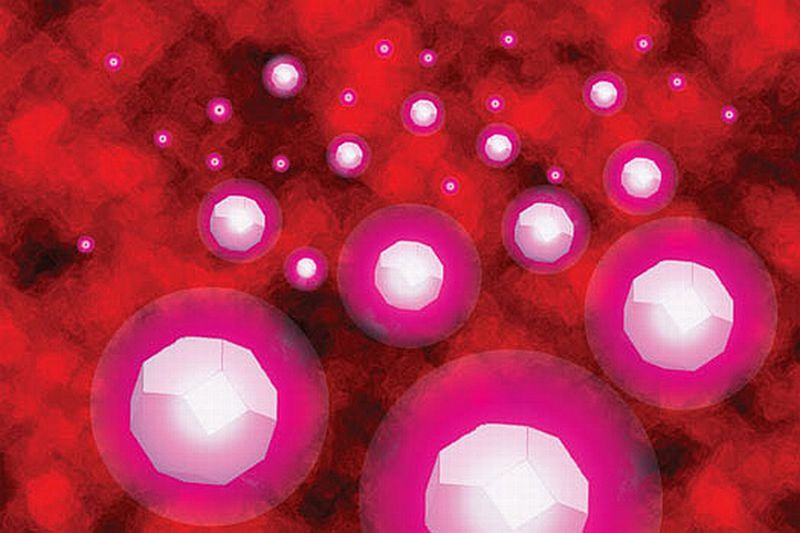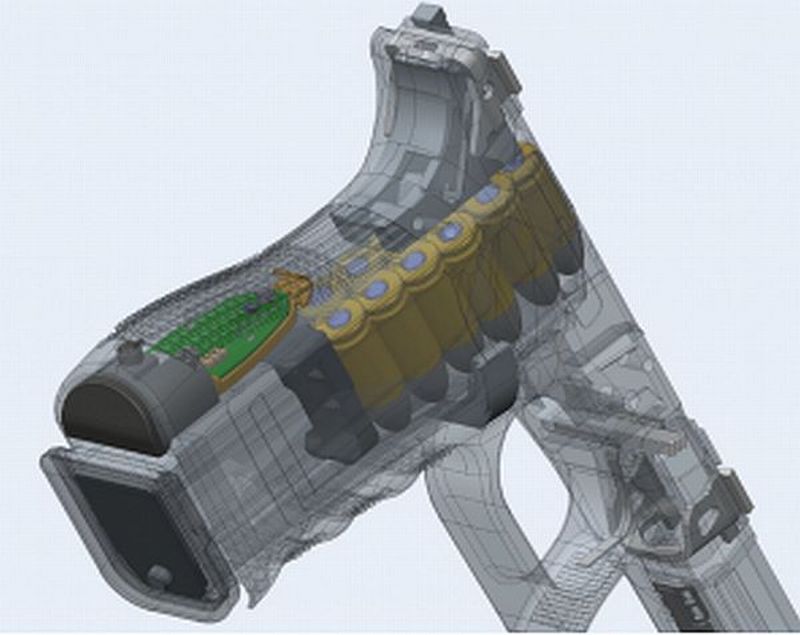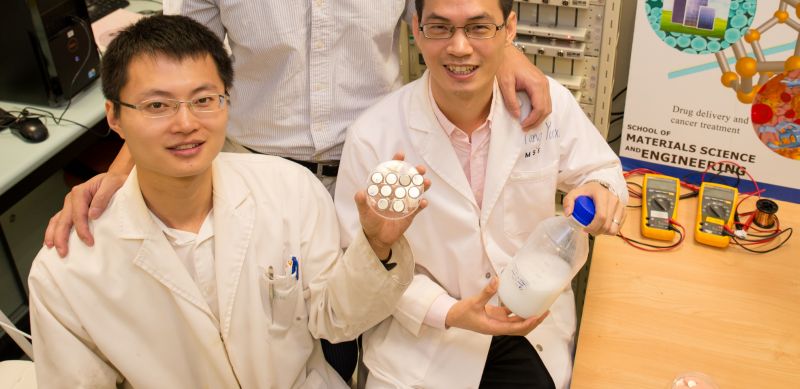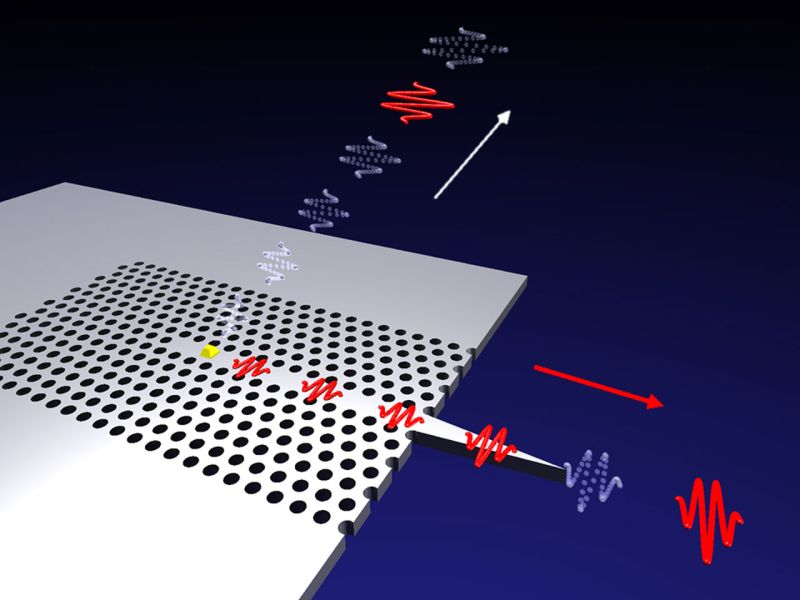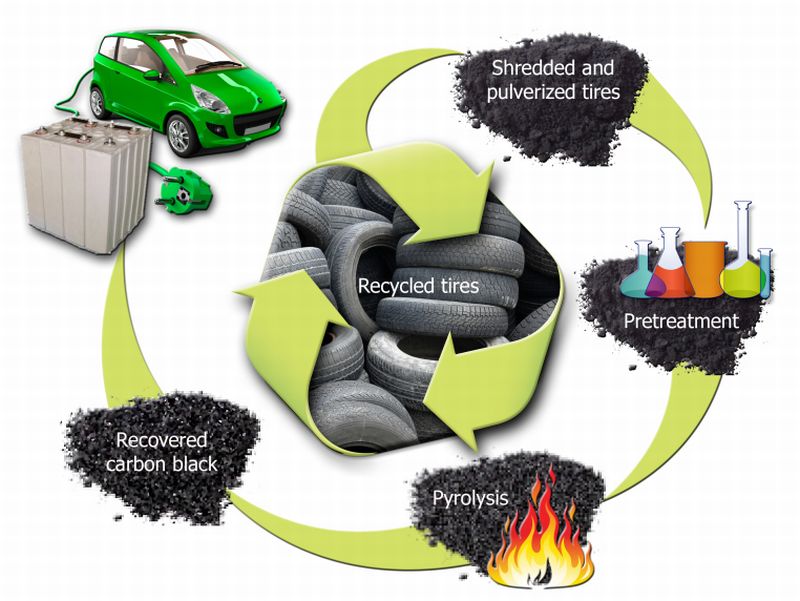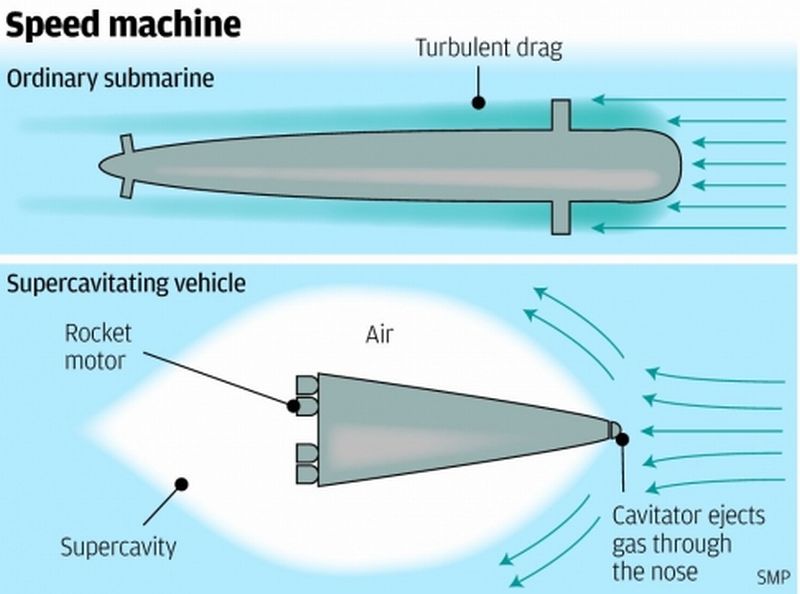Nissan rolled out the imaginary concept of Gran Turismo 6 beast from the virtual arena into the real world around June 2014. Now it seems, Chevrolet too is trying to move in the same direction. Lately, at the LA International Auto Show, Chevy came out with its Chaparral 2X Vision Gran Turismo (VGT).
Read MoreCategory: Futuretech Tonics
Nanoreactor developed for Discovering New Chemical Reactions: Virtual Chemistry Set
In order to replicate ecosystem and chemical origin of life, Stanley Miller, under the supervision of Harold Urey, performed the breakthrough Urey-Miller experiment in 1952. The experiment initiated more than 20 major molecules that form the integral part of life. A team of researchers at Stanford believes that they can do one-step better.
Read MoreBrain-Inspired Neuromorphic Chip: Machine starts Thinking
Human brain mechanics has always been one of the most fascinating subjects for neuroscientists all across the globe. Many simulators and robots have been designed by mimicking neurons and synapses, yet the efficiency of brain has not yet thoroughly touched upon so far.
Read MorePhones to borrow Bandwidth from nearby Gizmos: Device-to-Device Networking
By the beginning of 2015, 21Vianet, China’s largest internet provider, is looking forward to launch a cellular phone network that aims to offer downloads at relatively faster rate.
Read MoreNanodiamonds to be used for Delivering Drugs and Cancer Therapeutics: New Imaging Modality
Capturing ongoing processes within living cells in real time is usually done with fluorescent dyes made up of a fluorescent chemical compound, fluorophore. The compound’s unique property of re-emitting light upon excitation makes it the most deserving candidate for imaging cellular processes, however, with the passage of time, the compound becomes toxic thereby renders havoc to the cells in close proximity.
Read MoreYardarm delivers wireless Firearm Telematics: Gun Technology
Yardarm Technologies, a California based firearms technology company has developed an innovative product that has an ability of delivering the real time track record of using firearms, by police personals or security officers. With the use of a wireless sensor for firearms, the company has taken machine-to-machine (M2M) capabilities to a higher level.
Read MoreNew Generation of Fast-Charging Batteries: Innovative Battery Technology
Nanyang Technological University (NTU Singapore) researchers have fabricated an innovative battery that can charge nearly 70% of its capacity in just 2 minutes. This does not affect its longevity; on the contrary, the scientists are claiming its survival age to over 20 years.
Read MoreLighting Sheets to replace Bulbs: OLED, the Next Generation Lights
How about customizing light source in our rooms, something that resembles the photo frames. Sounds interesting, ain’t it? Researchers have already been working in the field of light and they have come up with an approach that targets the efficiency in half amount of energy being consumed by regular bulbs by developing ‘glowing sheets’. Technology used in these light sheets would resemble the mega thin TVs and smartphones as the sheets are expected to include organic LEDs or OLEDs.
Read MoreMusk unveils ‘the D’: Model S Dual Motor is Super Fast
The much-awaited Musk’s Tesla Model S Dual Motor (D) is finally unveiled. The beast has four-wheel drive (4WD) along with a second motor for enhancing the extra axle at the rear. This helps in propelling the car from zero to 97 km/h in mere 3.2 seconds. The electronic machine system tosses torque between the front and rear wheels from one millisecond to the next hence perking up on both, the grip on territory as well as energy efficiency. With an aim of outperforming gasoline-powered cars, the new Model S delivers…
Read MoreGoogle’s First Quantum Computer: A Combination of D-Wave and Universal Gate-Model
Quantum logic gate based on qubits is what most of the quantum computing labs is working on to make the product a reality. However, these labs show no or less confidence in companies like D-Wave, the Canadian based that came out with world’s first commercially available quantum computer functioning on 128-qubit chipset, in 2011. Lately, in an interesting turn of events, Google went a step ahead by hiring a team of researchers for building their initial Google quantum computer using quantum annealing as per the D-Wave approach than the conventional…
Read MoreThe Electrolyzer Project: A Promising Technology to Hydrogen Energy Storage
In order to solve the impending world’s problem for renewable energy, Germany is becoming more and more dependent on wind & solar power. Currently, the nation has come up with 20 more projects involving storing energy by creating water splitters, the process is known as Electrolysis.
Read MorePhotonic Circuits to replace Electronic Circuits: New Quantum Technology
Photonic circuits would soon be replacing electronic circuits in the near future of quantum circuits. Since a decade, researchers across the globe were working towards developing quantum circuits but circuits based on light had its limitations however, researchers at the Niels Bohr Institute, Copenhagen have been successful in bringing about the probability.
Read MoreWaste Tire Rubber to replace Graphite Anodes: Battery Technology
Shredded scrap car tires have already find their way by means of recycling into the field of construction, floor mats, shoe soles and rubberized asphalt road material. Now, they would be morphing into another innovative role by becoming an integral part of hybrid and electric cars. Researchers at the Oak Ridge National Laboratory are trying to resurrect life from the discarded used tires in form of carbon material that would be used for lithium-ion battery anodes. Conventionally graphite, a natural carbon material, is the basic building block for lithium anodes.
Read MoreSupersonic Submarine glides from Shanghai to San Francisco in 100 minutes: Supercavitation Technology
Researchers at the Harbin Institute of Technology, China are attempting to create a supersonic submarine, which they envision would cruise through transatlantic underwater in not more than two hours. Li Fengchen one of the lead researchers claimed that they are developing an air bubble that would assist in gliding at very high speeds underwater. One of the main problems with conventional submarines is the friction produced by water, which is far more than flying through air, and so the force renders the machine incapable of peddling at high speed. Supercavitation…
Read More10 Autotech Bane or Boon Innovations: Living Next to Supertech Cars
Owning and driving a super tech car is what all autotech aficionados aspire for. Keeping in mind the tremendous development in the automobile technology, the driving experience has transformed significantly. But the question is that whether this development is towards a betterment or is there something else hidden beneath the thrill. In an attempt to answer this, we have compiled a list of ten such tech developments that we need to think whether they are bane or boon, so here we go,
Read More
